In the world of fragrance, Japan’s approach to scent stands apart — quiet, refined, and deeply introspective. While French perfumery has long been associated with opulence and intensity, Japanese perfumery finds beauty in understatement. It celebrates the art of being noticed without demanding attention — a reflection of Japan’s cultural values of balance, simplicity, and respect for nature.
This philosophy has given rise to a new wave of perfumers and brands that reinterpret scent as a sensory expression of mindfulness. Here’s a closer look at what makes Japanese perfumery unique — its history, aesthetics, and the artisans who are redefining the global fragrance landscape.
The Japanese Philosophy of Scent
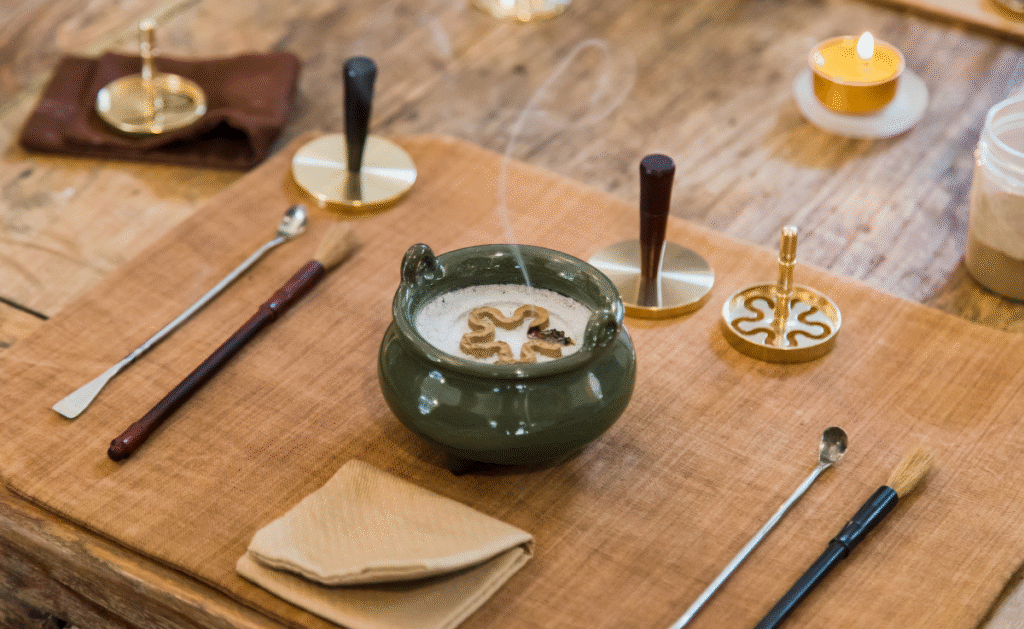
To understand Japanese perfumery, one must first understand “kodo” (香道) — the ancient “Way of Fragrance.” Like tea ceremony (chado) or flower arrangement (ikebana), kodo is a ritual art form centered on mindfulness and appreciation.
In kodo, participants “listen” to fragrance rather than merely smell it — an act that transforms scent into an experience of awareness. It’s a philosophy that continues to influence modern Japanese perfumery, where subtlety and emotion take precedence over projection and power.
Japanese scents are not designed to fill a room; they’re meant to enhance one’s personal space, leaving a delicate trail that feels natural, contemplative, and harmonious.
Aesthetic Principles: Wabi-Sabi and Ma
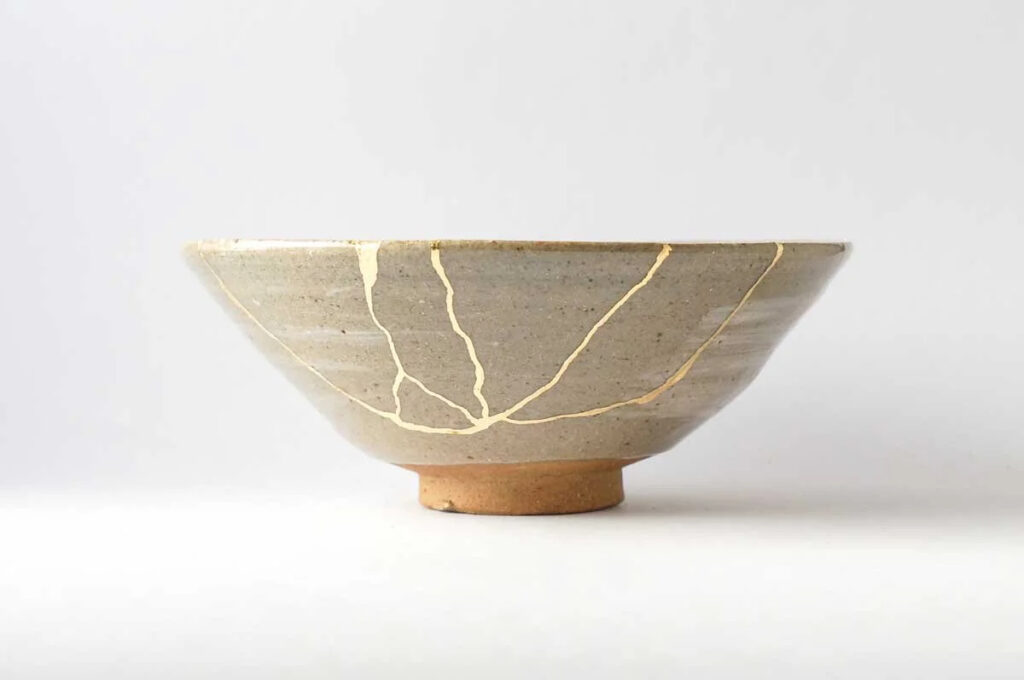
Japanese perfumery mirrors the country’s aesthetic ideals — wabi-sabi (the beauty of imperfection) and ma (the space between things).
Rather than layering heavy notes or complex accords, Japanese perfumers favor transparency, texture, and airiness. Each composition feels balanced — like an ink painting where the white space is just as important as the brushstroke.
Floral notes are often rendered with restraint, woods are softened, and citrus is used for freshness rather than brightness. The result is a style that feels clean, serene, and timeless.
Signature Ingredients in Japanese Perfumery

Japanese perfumery draws inspiration from the country’s rich natural and cultural landscape. Many scents feature ingredients rooted in tradition and geography:
- Hinoki (Japanese Cypress): Earthy, resinous, and calming. Often used to evoke temples and onsen (hot springs).
- Yuzu: A tart, aromatic citrus unique to East Asia that adds brightness and clarity.
- Sakura (Cherry Blossom): Soft, powdery, and fleeting — the embodiment of transience and renewal.
- Green Tea: A clean, comforting aroma representing simplicity and mindfulness.
- Rice, Bamboo, and Moss: Notes that evoke purity, stillness, and the natural world.
These ingredients don’t overwhelm the senses; instead, they encourage presence — the act of experiencing the here and now.
Craftsmanship and Attention to Detail
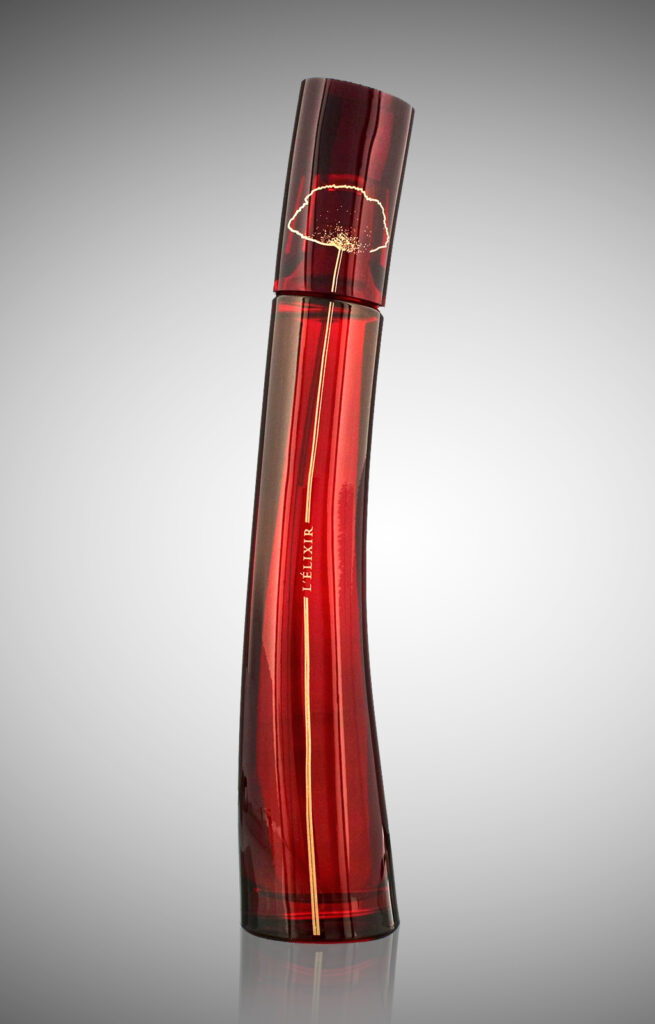
Japanese artisans are renowned for their precision and respect for process, and this devotion extends to perfumery. Every element — from the sourcing of ingredients to the bottle design — is considered an expression of craft.
Take the packaging: bottles are often minimalist, echoing Japanese design principles of simplicity and elegance. Even the choice of materials, like textured glass or subtle color gradients, reflects a deep sensitivity to form and feeling.
In Japanese perfumery, craftsmanship isn’t about extravagance; it’s about balance. A fragrance must feel effortless — as if it has always existed in harmony with nature.
Modern Japanese Perfume Houses to Know
While Japan’s perfume culture has historically been understated, several brands and creators have elevated it to global recognition.
1. Shiseido

One of Japan’s oldest beauty houses, Shiseido introduced fine fragrance to the Japanese market over a century ago. Its modern perfumes, like Zen and Ever Bloom, blend traditional Japanese minimalism with international sophistication.
2. Comme des Garçons Parfums
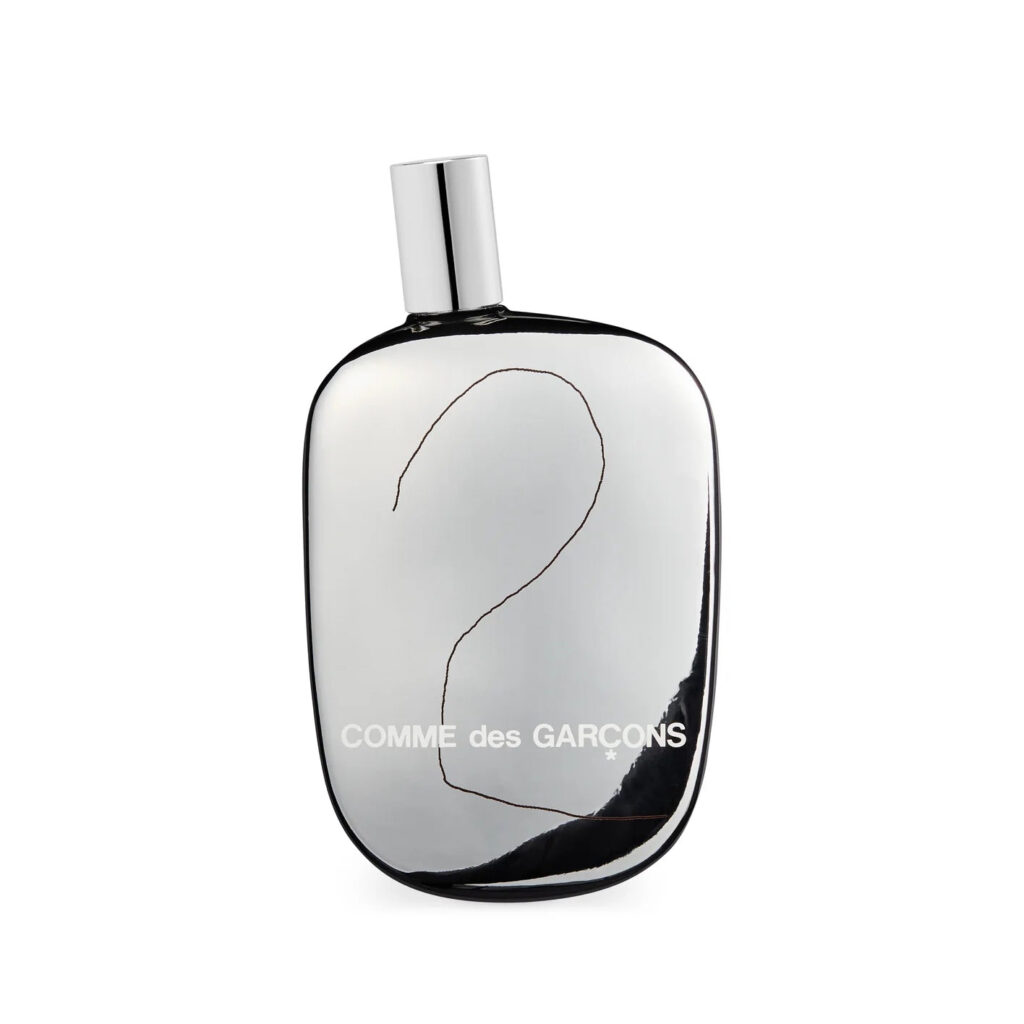
Under Rei Kawakubo’s creative direction, Comme des Garçons has become a pioneer in conceptual perfumery. Scents like Hinoki (inspired by a Kyoto bathtub) and Kyoto from the Incense Series pay homage to Japan’s meditative spirit through innovative, minimalist compositions.
3. Floraïku
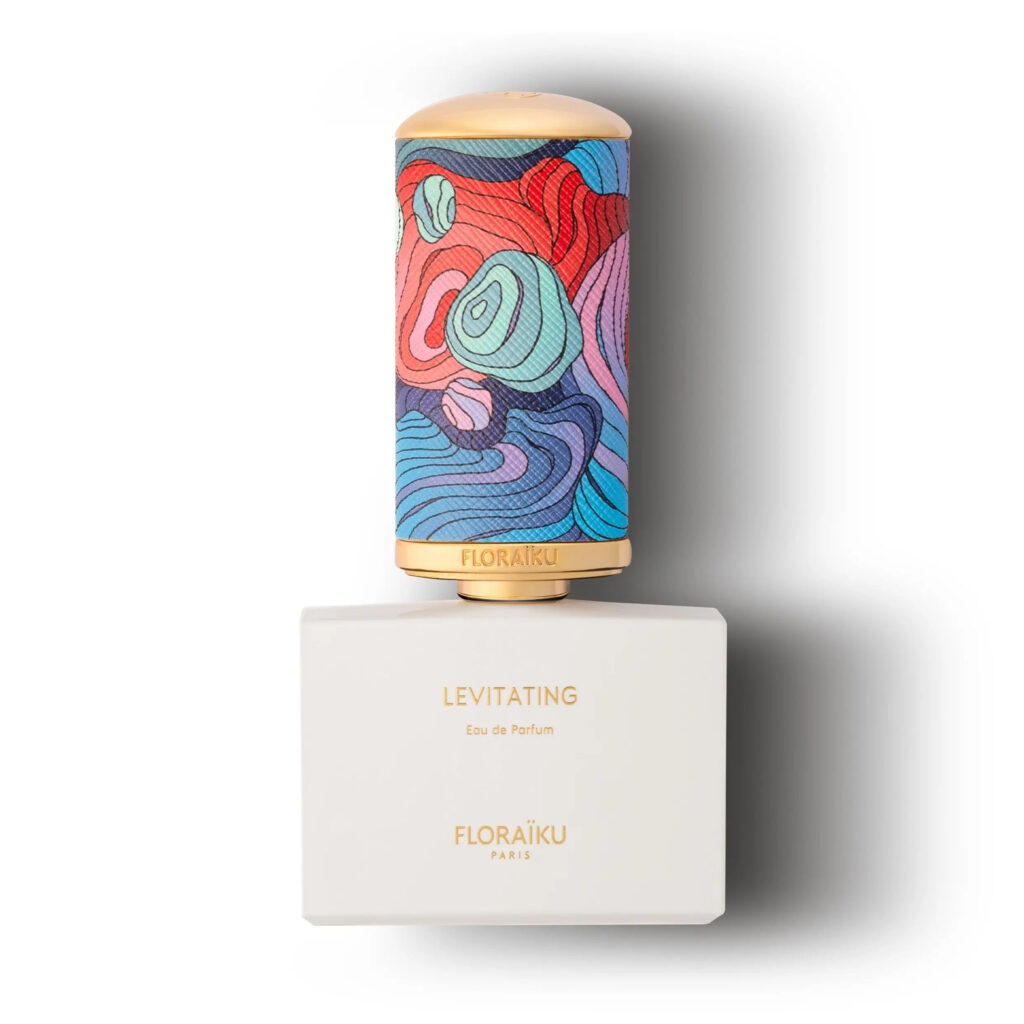
A luxury perfume brand inspired by Japanese poetry and tea ceremony, Floraïku expresses scent through the structure of haiku — elegant, evocative, and concise. Each fragrance tells a poetic story, blending East and West with delicate precision.
4. Di Ser

Based in Sapporo, Di Ser is an artisanal brand known for using natural Japanese ingredients, from agarwood to native flowers. Every fragrance is hand-blended using traditional distillation methods, resulting in scents that feel pure, grounded, and spiritual.
5. Zoologist Squid (inspired by Japan’s seas)
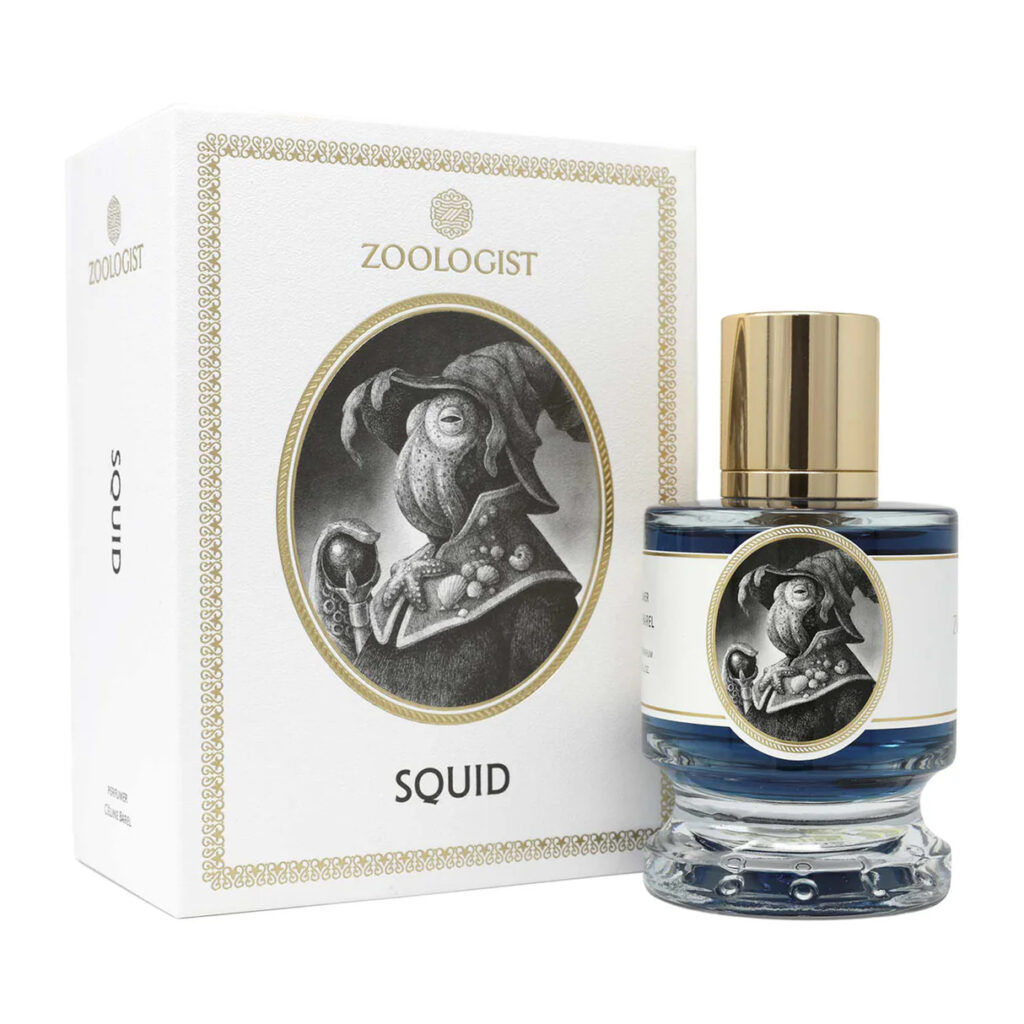
While not a Japanese brand, Zoologist’s Squid captures the haunting stillness of the ocean — a quality deeply reminiscent of Japanese perfumery. It reflects how Japan’s influence extends beyond its borders, inspiring global artisans.
Japanese Influence on Global Perfumery
As minimalism and mindfulness become cultural touchstones worldwide, Japanese perfumery’s quiet aesthetic has influenced Western brands.
Luxury houses now chase the “second-skin” style — translucent compositions that echo Japan’s understated philosophy. Brands like Le Labo, Maison Margiela Replica, and Byredo embrace the same balance of simplicity and sophistication.
This cross-cultural exchange shows that Japanese perfumery isn’t just a regional niche — it’s a global movement toward calmness, clarity, and conscious beauty.
Perfume as a Reflection of Culture
In Japan, fragrance is not about luxury or seduction; it’s about emotion and respect. A Japanese perfume often tells a story of nature, seasonality, or memory — capturing the spirit of a rain-soaked garden, the quiet of a tatami room, or the fleeting bloom of sakura petals.
This sensitivity to time and transience aligns with the Japanese philosophy of mono no aware — the gentle awareness of impermanence. Wearing a Japanese perfume becomes an act of mindfulness — a daily reminder of life’s delicate balance.
Final Thoughts: The Art of Quiet Beauty
Japanese perfumery teaches us that sometimes, less is more. In a world where fragrance is often loud and assertive, Japan’s approach feels like a breath of fresh air — serene, refined, and deeply human.
It’s an art form rooted in observation, in listening rather than declaring, and in finding beauty in simplicity. Whether it’s the soothing woodiness of hinoki or the soft whisper of sakura, Japanese perfumes invite you to slow down, breathe, and reconnect with yourself.
Because true elegance — like true scent — doesn’t need to shout. It simply exists.


Comments
One response
[…] Japanese Perfumery: Subtlety, Serenity, and Craftsmanship […]